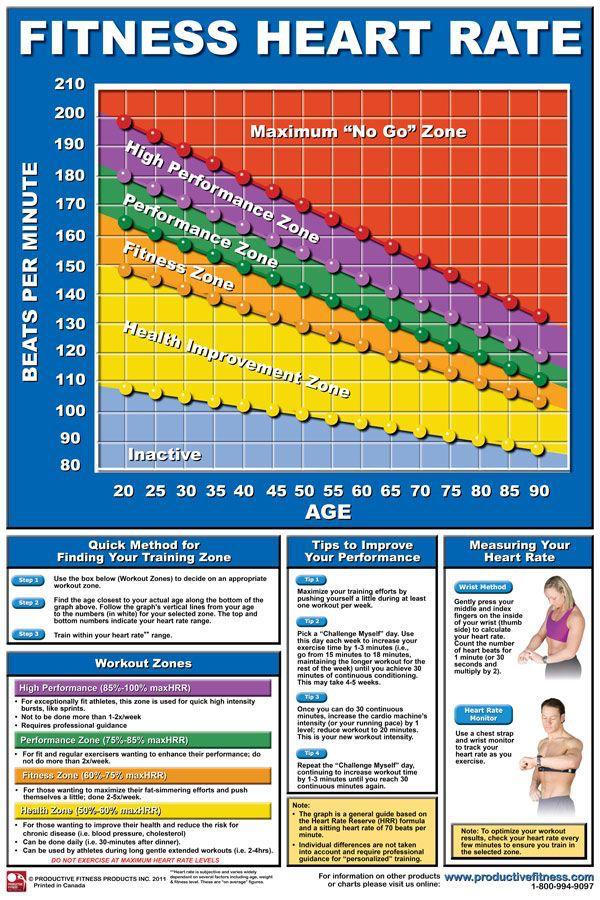
Unlocking the Power of a Healthy Diet: Elevating Your Well-Being and Vitality
In a world that bombards us with tantalizing quick meals and convenient food options, maintaining a healthy diet often takes a back seat in our daily lives. A healthy diet is the cornerstone of nourishing the body with the essential nutrients it craves, in just the right measure. In this article, we embark on a journey to explore the facets, essentials, and advantages of embracing a healthy diet for a vibrant and active lifestyle.
Components of a Healthy Diet
Fruits and Vegetables
A kaleidoscope of fruits and vegetables gifts the body with a diverse spectrum of nutrients: an array of vitamins, minerals, antioxidants, and fiber, among other essentials.
Lean Proteins
Integrate protein-rich foods such as poultry, fish, tofu, legumes (beans and lentils), and lean cuts of red meat into your diet for optimal nutrition.
Whole Grains
Opt for whole grains like whole wheat, brown rice, quinoa, and oats over their refined counterparts. These complex carbohydrates supercharge energy levels and bolster digestion.
Healthy Fats
The body’s cravings for healthy fats are met with sources like fatty fish, flaxseeds, and walnuts, abundant in omega-3 fatty acids.
Limiting Processed Foods and Added Sugars
In tandem with enriching your diet with healthy elements, curbing processed foods and sugar intake is paramount. Their adverse impact on metabolism and overall bodily function escalates the risk of various diseases and health maladies.
Fundamentals of a Healthy Diet
Balanced Nutrition
A harmonious blend of nutrients is the cornerstone of a healthy diet, categorized into two pivotal types: Macronutrients and Micronutrients. This equilibrium fuels proper body growth and nurtures a wholesome life.
Adequate Hydration
Staying well-hydrated is a non-negotiable for efficient digestion, temperature regulation, circulation, and cellular activities. The magic number for a healthy individual is around 3000 ml of daily water intake.
Portion Control
It’s not just about what we eat but also how much we consume that shapes our health. Understanding portion control is a key piece of the puzzle, ensuring we avoid overindulgence and maintain an ideal weight.

Benefits of a Healthy Diet
Weight Management
A pivotal advantage of a healthy diet is effective weight management. When balanced nutrition meets portion control, it’s a recipe for achieving and sustaining your desired weight.
Improved Overall Health
Meeting the body’s nutritional needs results in enhanced overall health and a reduced risk of diseases or health complications.
Enhanced Energy Levels
A nutritious diet is your steadfast ally for maintaining vitality and attentiveness throughout the day, ultimately enhancing your performance in daily activities.
Conclusion
Every morsel you consume is a vital investment in your well-being. This investment yields remarkable dividends in the form of a healthier, happier life. The insights and guidance shared above can serve as your compass on the journey to a better self, where you’ll experience a transformative difference.Unlocking the Power of a Healthy Diet: Elevating Your Well-Being and Vitality
The Heart Workout ; Power of Exercise for a Healthy Heart
Have you ever wondered how important physical activity is in our lives? Do you know that over 5 million lives can be saved each year if all inactive individuals become active? All these mortalities are attributed to heart diseases which are caused by physical inactivity.
A healthy heart is the foundation of overall well-being. Regular exercise plays a crucial role in maintaining cardiovascular health. In this comprehensive overview, we’ll explore the importance of exercise for heart health, its benefits, and various types of exercises that can help you achieve and maintain a strong and healthy heart. Moreover we’ll also have a discussion about physical inactivity and why it occurs.
Importance of exercise for heart :
Exercise is of great importance for the health of your heart. According to research, moderate-to-vigorous physical activity (and even light exercise as well) has been associated with lower incidence of cardiovascular diseases.
When you engage in exercising activities, your heart has to work harder to pump blood, which ultimately makes it more strong and efficient.
Physical Inactivity :
Worldwide, almost 30% of the people fail to meet the physical activity recommendations of the World Health Organization (WHO).
It can be due to various factors which include sedentary lifestyles, time constraints, lack of access to exercise facilities, and varying levels of awareness regarding the importance of physical activity for health.
Additionally, the demands of modern life such as desk jobs or social media addictions can contribute to reduced physical activity levels.
Benefits of Exercise for heart :
Exercise has unlimited benefits on your heart, some of which include:
- Strengthens the Heart Muscle
- Improves Blood Circulation
- Manages Cholesterol Levels
- Enhances Cardiorespiratory Fitness
- Aids in Weight Management
- Enhances Insulin Sensitivity (which treats diabetes, a risk factor of heart diseases)
It’s important to note that the benefits of exercise for heart health are dose-dependent, meaning that the more you exercise, the greater the benefits.
Types of Exercises :
To promote heart health, it’s important to include a variety of exercise types in your fitness routine.
Here are some key types of exercises that benefit your heart:
1. Aerobic Exercises
These exercises increase your heart rate and breathing. They are great for improving overall cardiovascular fitness.
Examples:
- Brisk Walking: An excellent low-impact exercise for all fitness levels.
- Running or Jogging: Higher intensity, great for cardiovascular fitness.
- Cycling: A low-impact exercise that’s easy on the joints.
- Swimming: A full-body workout that’s gentle on joints.
- Dancing: A fun way to get your heart rate up.

2. Strength Training
Building muscle through resistance exercises can improve your metabolism and support overall heart health.
Examples:
- Weight Lifting
- Bodyweight Exercises (push-ups, squats, and planks)
- Resistance Bands
3. Flexibility and Stretching
Stretching exercises improve flexibility and can help reduce the risk of injury during other forms of exercise.
Examples:
- Yoga: A holistic practice that combines stretching, strength, and relaxation
- Static Stretching: Holding stretches for specific muscle groups
4. Sports and Recreational Activities
Engaging in sports or activities you enjoy is an excellent way to improve heart health.
Examples:
- Tennis
- Basketball
- Hiking
- Golf
To exercise safely, always warm up first and then progress gradually. Stay hydrated throughout, and after exercising, cool down to gradually lower your heart rate.



